This is the first entry, and development of the first batch is nearly done. The monitoring board fits into a Hammond 1591XXL box, with the sensing parts on the rear side of the PCB facing the top of the enclosure. There are holes drilled above to allow them to sample the exterior conditions.
Power is provided by a series pair of AA batteries, which are then boosted to 5V with a Texas Instruments TPS60151 inductorless boost regulator. All parts spend most of their time in standby to reduce power consumption, and the boost regulator ensures that the maximum possible energy can be drawn from the batteries.
The current microcontroller development board is a Teensy LC, based on a Freescale MKL26Z64VFT4 ARM M0+ processor. This has an onboard 3V3 regulator, which powers the external ICs. While this is very over powered for this project, the Teensy is a great form factor and allows easy debugging over serial. I intend to move over to a smaller, non-dev board microcontroller for the next batch of boards.
There are pads on board for a Sensirion SHT21 temperature and humidity sensor, an ST Microelectronics LPS331 pressure and temperature tensor, and an AMS TSL2561T light sensor. All are run over a standard I2C bus. There is and additional I2C header, with its own 5V power supply, for additional sensors to be attached if wanted.
Wireless serial is provided by a Ciseco XRF module, which is compatible with XBee pinout. Again, for the next round of boards I will change this so it's just the module, not on the XBee form factor. This is paired with a Slice of Pi on my small RasPi server, which handles the data. Ciseco offer USB sticks, so the Pi is used simply because its there already - any computer will do.
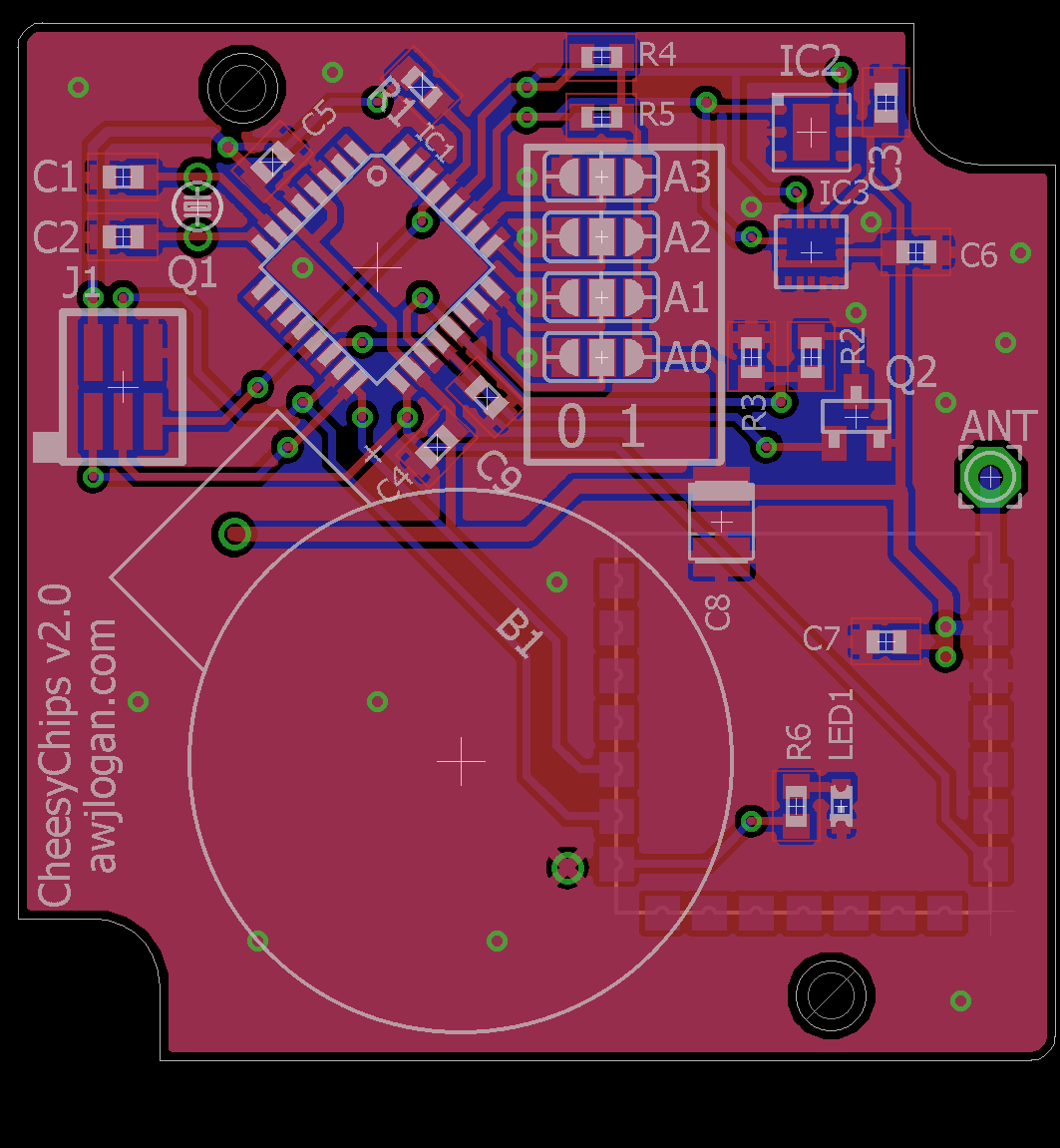
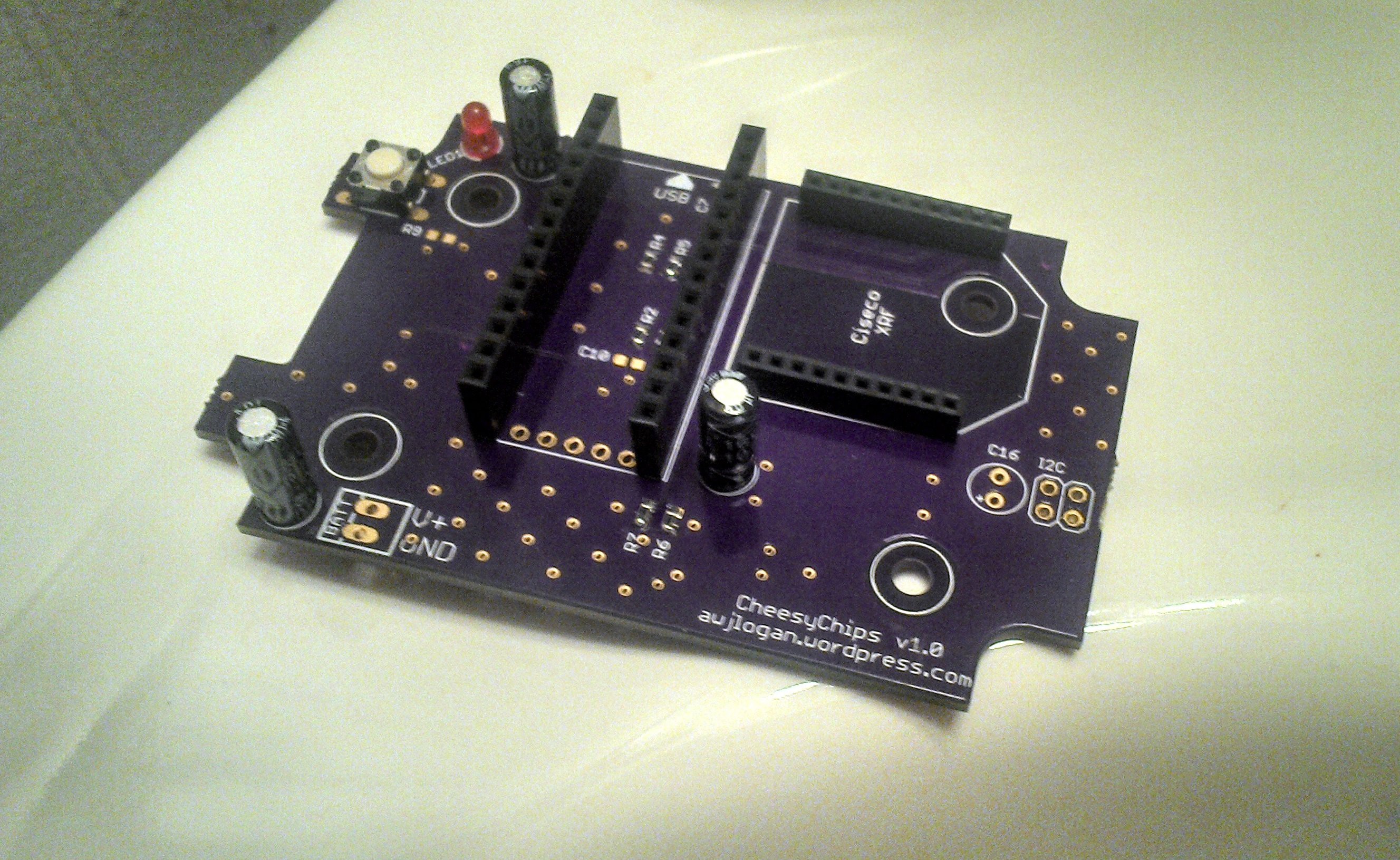 (yes, that is the bathroom sink - best place for light at this time!)
(yes, that is the bathroom sink - best place for light at this time!)

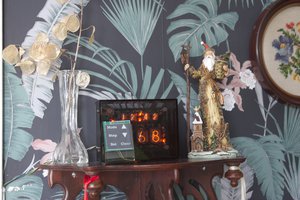
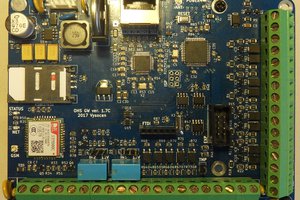
 vysocan76
vysocan76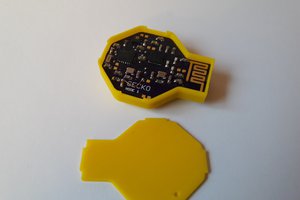
 Max.K
Max.K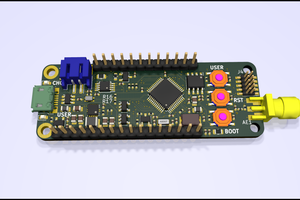
 Andy
Andy
What SD card module is that?